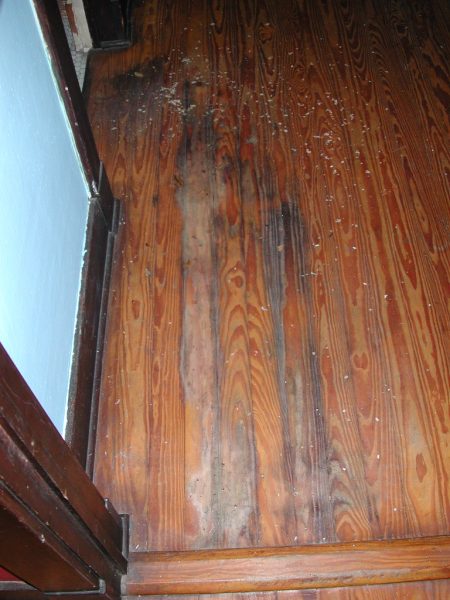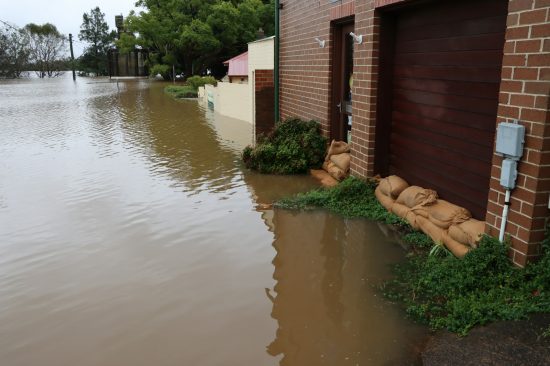Water Damage Restoration Costs in Maryland
Water damage can be a homeowner’s worst nightmare, striking unexpectedly and causing significant disruption and expense. From leaky roofs and burst pipes to overflowing appliances and natural disasters like floods, the causes of water damage are numerous. The costs associated with restoration can vary significantly, leaving homeowners feeling overwhelmed and uncertain. This article delves into the typical costs of water damage restoration in Maryland, examining the factors that influence pricing and providing valuable insights to help homeowners understand and prepare for this unfortunate eventuality.

Understanding Water Damage
Before we discuss costs, it’s essential to understand how water damage is categorized and classified, as these factors play a crucial role in determining the overall expenses.
Categories of Water Damage
Water damage is categorized based on the level of contamination, which directly impacts the complexity and cost of the restoration process:
- Category 1: Clean Water: This refers to water from a clean source, such as a leaking pipe or a broken supply line. It poses the least risk of contamination and is generally the easiest and least expensive to clean up.
- Category 2: Gray Water: This water contains some contaminants that could cause discomfort or illness if ingested or exposed to. Examples include water from dishwashers, washing machines, or overflowing toilets. Gray water requires more extensive cleanup and disinfection than Category 1 water, resulting in higher costs.
- Category 3: Black Water: This is the most hazardous category, involving grossly contaminated water that poses significant health risks. It may contain sewage, bacteria, and other harmful substances. Black water typically originates from sources like floods, sewage backups, or toilet overflows with fecal matter.
Restoration for Category 3 water damage is the most complex and expensive, often requiring extensive cleanup, disinfection, and potential replacement of affected materials. It’s important to note that black water (Category 3) is the most expensive to remediate due to the health risks involved.
Classes of Water Damage
The cost of water damage restoration in Maryland can range from a few hundred dollars for minor repairs to tens of thousands of dollars for severe damage. Water damage can also be classified by extent and severity: Class 1 involves minimal water absorption, affecting only a small area or limited materials; Class 2 indicates a greater degree of absorption, spreading to more materials and potentially a larger area; Class 3 signifies significant saturation, with water wicking up walls; and Class 4 represents the most severe damage, marked by deep saturation into materials and possible penetration of structural cavities, often requiring extensive restoration.

Factors Influencing Restoration Costs
- Size and Severity of the Affected Area: Larger areas with more extensive damage naturally cost more to restore.
- Category of Water Damage: As mentioned earlier, the level of water contamination significantly impacts the cost.
- Class of Water Damage: The extent of water absorption and the materials affected also play a role in determining the cost.
- Building Materials and Construction: The type of materials used in your home’s construction can affect the cost of repairs. For example, replacing water-damaged drywall is typically more expensive than replacing tiles.
- Geographic Location: Costs may vary slightly depending on the specific location within Maryland, with urban areas potentially having higher labor costs.
- Emergency Services: If you require emergency services outside of regular business hours, you may incur additional charges. Emergency water damage services can cost up to 3 times the normal rate, often $120–$600/hour.
Typical Costs in Maryland
While it’s difficult to provide an exact figure without a proper assessment, here are some average cost ranges for water damage restoration in Maryland:
- Overall Average: The average cost for water damage restoration in Maryland is around $3,814, with most homeowners spending between $1,361 and $6,270. However, it’s important to note that other sources provide different averages. For example, one study found the average cost to be $3,291.
- Cost per Square Foot: Restoration costs typically range from $3 to $7.50 per square foot, depending on the category of water damage.
- Specific Areas:
- Basement: Extraction alone can cost $750 to $3,620, while extraction and drying can range from $1,850 to $5,660.
- Bathroom: Repair costs can vary from $1,180 to $4,120.
- Kitchen: Restoration costs can range from $2,265 to $6,190.
- Living/Office Space: Costs for these areas can range from $3,265 to $18,650.
- Basement: Extraction alone can cost $750 to $3,620, while extraction and drying can range from $1,850 to $5,660.
It’s crucial to emphasize that acting quickly to minimize damage is essential in keeping restoration costs down. The longer water sits, the more extensive the damage becomes, leading to higher repair and replacement costs. You can also call a water damage restoration company for a free quote. This can help you understand the potential cost and decide whether to file an insurance claim.
The Bottom Line
Water damage restoration in Maryland can be a costly endeavor, but understanding the factors that influence pricing and taking proactive steps can help minimize expenses and ensure a successful restoration process. By acting quickly, contacting a professional, and working closely with your insurance company, you can effectively address water damage and restore your home to its pre-damage condition.
Ultimately, the cost of water damage restoration in Maryland hinges on the extent and type of damage, the materials affected, and how quickly you address the issue. Taking preventative measures and acting swiftly can significantly minimize both damage and costs.